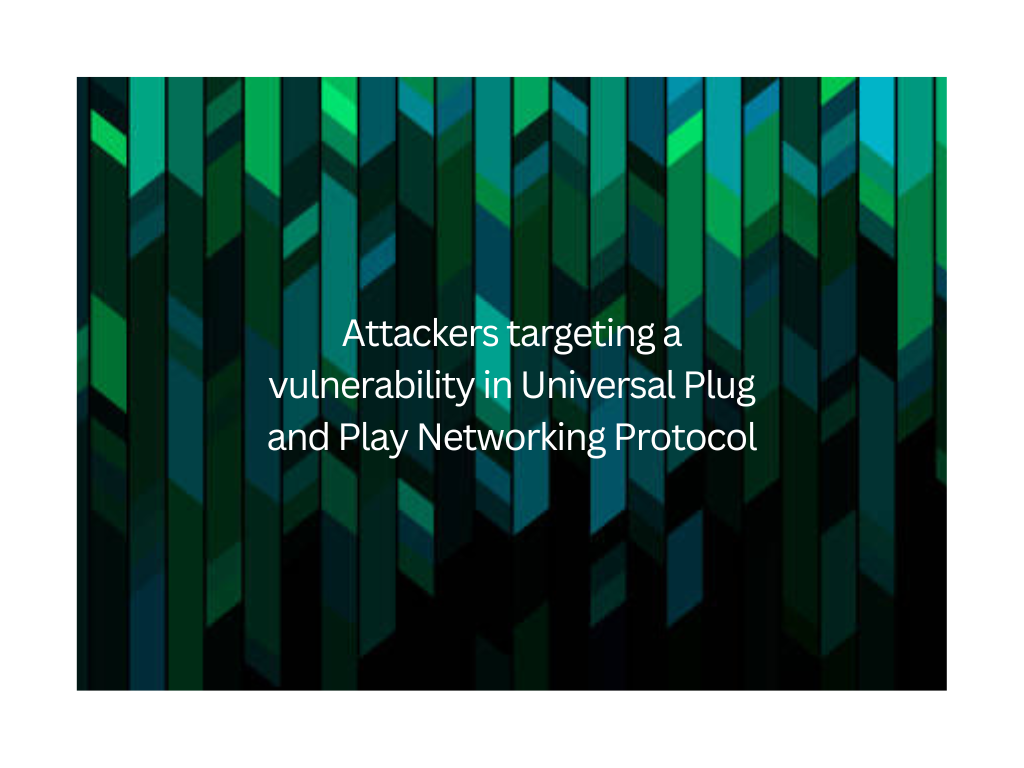Vulnerabilities provide an opportunity for attackers to sweep into a targeted user’s system and to take over all its running applications. As the attackers gain access to the system, they will often try to elevate the system privileges. Thus, even a single vulnerability in the Universal Plug and Play (UPnP) protocol enables the attackers to steal confidential data, sniff traffic, and target other systems on the network.
Universal Plug and Play (UPnP) is a networking protocol standard that facilitates easy communication between computer systems and network-based devices. The network-based devices are used to immediately communicate with one another over a network. These devices include routers, printers, media servers, IP cameras, smart TVs, home automation systems, and network storage servers.
Although, the UPnP protocol is designed to simplify the discovery of nearby devices on the local network the flaws in UPnP protocol leads to attacks and exploitation. Hence, UPnP is useful yet it can be dangerous too.
The UPnP protocol is associated with a number of basic security problems which are prevalent across UPnP-enabled applications as well as UPnP-network devices. These security issues are as follows:
- UPnP devices generally lack authentication technology. This authentication process provides access control for the systems by validating the credentials provided by a user and which are stored in the authorized user database.
- Exposure of the UPnP devices to mistrusted networks may result in attacks or can also leak sensitive data.
- Common programming flaws in the UPnP discovery protocol can also be exploited by attackers to cause damage to the victim’s system.
- The UPnP devices are left open to remote/WAN access if the default settings are inappropriate.
- UPnP-specific remote code execution vulnerabilities are also present.
Consequences of exploitation of UPnP security vulnerability
UPnP vulnerability can be used by attackers to create a proxy botnet to carry out the following activities –
- The attackers may carry out click fraud (the process of repeatedly clicking on an advertisement which is hosted on a website).
- The attackers can take over accounts and perform credit card fraud.
- The attackers can also launch DDoS attacks such as SSDP DDoS attacks and bring the victim’s server down.
- The attackers can also distribute the malware with help of a proxy botnet and can also hide its source location.
Mitigating security issues related to UPnP security vulnerability
In order to mitigate the security problems related to UPnP security vulnerability, the following points can be implemented –
- Online tools can be used to test the router and identify whether the UPnP is exposed to the Internet.
- Firewall policies can be applied to block the open UDP port 1900.
- The latest patch updates can be applied to the affected system.
- UPnP exploits can be very easily avoided just by blocking the devices from being remotely accessible.
Need help to protect your business from UPnP DDoS attacks and want to protect your web resources? Contact Us!




